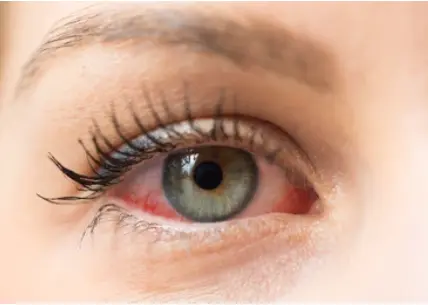 Welcome
Welcome
“May all be happy, may all be healed, may all be at peace and may no one ever suffer."
- A
- B
- C
- D
- E
- F
- G
- H
- I
- J
- K
- L
- M
- N
- O
- P
- Q
- R
- S
- T
- U
- V
- W
- X
- Y
- Z
Acute & chronic conjunctivitis - Generics
Conjunctivitis, also known as pink eye, is an inflammation of the conjunctiva, which is the thin, clear tissue that covers the white part of the eye and the inside of the eyelid. Conjunctivitis can be either acute or chronic, depending on the duration of symptoms.
Acute conjunctivitis is a sudden onset of symptoms, usually lasting for a few days to a week. The most common causes of acute conjunctivitis are viral or bacterial infections, allergies, or exposure to irritants such as smoke or chemicals. Symptoms of acute conjunctivitis can include:
- Redness and swelling of the conjunctiva
- Watery or mucous discharge from the eye
- Itching or burning sensation in the eye
- Sensitivity to light
- Blurred vision
Treatment for acute conjunctivitis depends on the underlying cause. Viral conjunctivitis usually resolves on its own within a week, while bacterial conjunctivitis may require antibiotics. Allergic conjunctivitis can be treated with antihistamines or other allergy medications, while irritant conjunctivitis may require the removal of the irritant.
Chronic conjunctivitis is a persistent or recurrent inflammation of the conjunctiva, lasting for more than 4 weeks. The most common causes of chronic conjunctivitis are allergies, infections, or underlying health conditions such as dry eye syndrome or autoimmune disorders. Symptoms of chronic conjunctivitis are similar to those of acute conjunctivitis, but may be milder and more persistent.
Treatment for chronic conjunctivitis depends on the underlying cause. Allergic conjunctivitis may require long-term use of antihistamines or other allergy medications, while chronic bacterial conjunctivitis may require a prolonged course of antibiotics. In some cases, chronic conjunctivitis may require referral to an ophthalmologist for further evaluation and treatment.

Burning sensation

Allergic rhinitis accompa...

Granuloma inguinale

Wounds

Traumatic hyphema

Ventricular arrhythmias

VOCAD

Cystic fibrosis
Acute & chronic conjunctivitis, তীব্র ও দীর্ঘস্থায়ী কনজেক্টিভাইটিস
To be happy, beautiful, healthy, wealthy, hale and long-lived stay with DM3S.